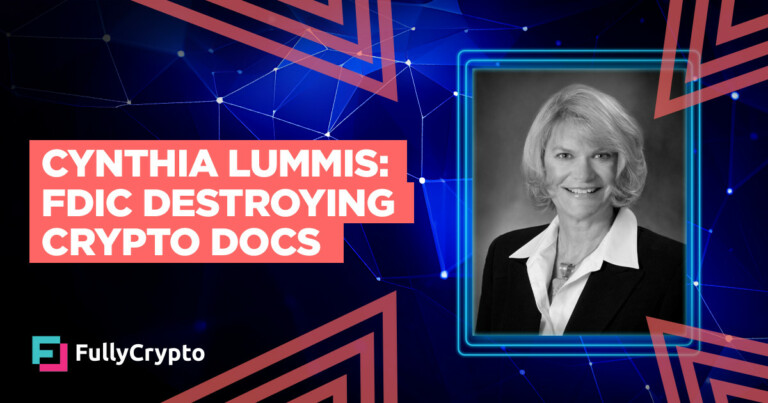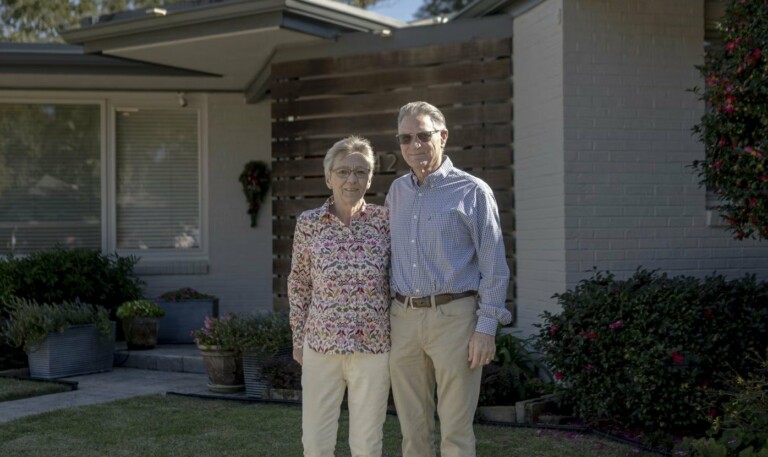The Storm Before the Calm: America’s Homeowners Face Rising Insurance Costs
## Rising Homeowners Insurance Premiums: What Homeowners and Small Business Owners Need to Know
Is your wallet feeling lighter these days? For millions of American homeowners and small business owners, the answer is a resounding yes. And come 2025, those wallets may be stretched even thinner as insurance premiums continue their upward march, driven by climate-related risks and mounting economic pressures.
### What’s Causing Your Insurance Bill to Climb?
Is climate change hitting your bank account? The numbers tell the story. Across the nation, homeowners can expect an average 8% increase in insurance premiums in 2025. That translates to an additional $261 per household, pushing the average annual homeowner’s insurance premium to approximately $3,520.
But averages can be deceiving—like a calm sea hiding dangerous currents beneath. Some states are facing what can only be described as insurance rate tsunamis. Louisiana residents are bracing for a staggering 27% increase. Californians aren’t far behind with projections pointing to a 21% jump. The heartland isn’t spared either, with Iowa and Minnesota homeowners looking at increases hovering around 15%.
The cause? Mother Nature isn’t pulling any punches. The uptick in wildfires, hurricanes, windstorms, and hail has left a trail of costly property damage in its wake. Insurance companies, those entities that promise protection when disaster strikes, are now forced to raise rates to stay afloat.
### How Will These Changes Reshape The American Dream?
Is homeownership becoming a luxury? Behind these cold percentages are warm-blooded Americans trying to hold onto their piece of the dream. Insurance companies are recalibrating their risk models like sailors adjusting their sails before a storm. But unlike sailors who can change course, many homeowners find themselves anchored to properties that are becoming increasingly expensive to insure.
The rising costs strain family budgets already stretched thin by inflation. For some, these increases may be the difference between keeping or selling a home. Others face hard choices about rebuilding after disaster strikes or investing in costly mitigation strategies that may—or may not—lower those premiums.
Geography, once just a matter of preference or opportunity, now carries financial weight like never before. The disparity between insurance costs in different regions highlights the importance of location-specific risk management. Some states are stepping in with policy interventions, but the patchwork of approaches leaves many homeowners navigating troubled waters alone.
### What Stories Hide Behind The Statistics?
Is your neighbor feeling the same pinch? In hurricane-battered communities along the Gulf Coast, longtime residents like the Martinezes of Port Arthur, Texas, are wondering how much more they can take. “We survived Harvey’s floodwaters in 2017,” says Elena Martinez, “but these insurance hikes might be what finally washes us away.”
Insurance analysts point to a perfect storm of factors. “What we’re seeing is unprecedented,” explains Dr. Sarah Johnson of the Climate Risk Assessment Center. “The models insurers have relied on for decades are becoming obsolete as weather patterns change more rapidly than anticipated.”
Financial advisors suggest homeowners take a hard look at their current policies. “Many people are paying for coverage they don’t need while underinsuring for the risks they actually face,” says financial planner Robert Chen. “Shopping around can help, but the days of drastically lower quotes from competing insurers are largely behind us.”
On the policy front, some states are implementing measures to stabilize their insurance markets. Florida has expanded its state-backed insurer of last resort, while California has made moves to prevent insurers from abruptly abandoning high-risk areas.
### How Can Homeowners Weather This Financial Storm?
Is preparation your best defense? As costs rise, being proactive becomes not just wise but necessary. Homeowners can take steps to mitigate risks—from reinforcing roofs against wind damage to creating defensible space around properties in fire-prone areas.
Document everything. Photos and detailed inventories of your property can speed claims processing when disaster strikes. Review your policy annually, not just when the renewal notice arrives with its unwelcome news of another increase.
Consider your deductible carefully. A higher deductible will lower your premium—but can you afford that out-of-pocket expense if disaster strikes? This balancing act requires honest assessment of your financial situation.
For small business owners, the stakes are even higher as commercial property insurance follows similar patterns of increase. Many are exploring self-insurance pools or investing in serious risk mitigation to maintain manageable costs.
### What Does Tomorrow Hold?
Is this the new normal? The truth, hard as granite, is that insurance costs are unlikely to return to previous levels. Climate scientists predict more frequent and severe weather events, and insurers are pricing in this reality for the long term.
But Americans are nothing if not resilient. Communities are organizing to implement large-scale mitigation projects. Innovative insurance products are emerging to fill gaps. And homeowners are becoming more savvy about protecting their properties and their finances.
The American dream of homeownership has weathered many storms. This latest challenge—a financial one driven by environmental change—tests not just individual homeowners but our collective approach to risk, responsibility, and community support.
As the old Texas saying goes: It’s not whether you get knocked down; it’s whether you get back up. American homeowners are getting back up, adapting to changing conditions, and finding ways to preserve their stake in the American dream—even as those stakes grow costlier.
That’s the way it is—for now. But tomorrow, as always, brings new possibilities and the chance to chart a different course.
Disclaimer: General Information & Accuracy
This blog provides general information and discussions about insurance and related subjects for informational purposes only. It is not intended as professional advice, including but not limited to financial, legal, or medical advice. We strive for accuracy, but laws, regulations, information, and best practices constantly evolve, and unintentional errors can occur. Therefore, we make no warranties about the completeness, accuracy, reliability, or suitability of the blog content. Always consult with a qualified professional for advice tailored to your specific situation. Any reliance you place on this information is strictly at your own risk.




